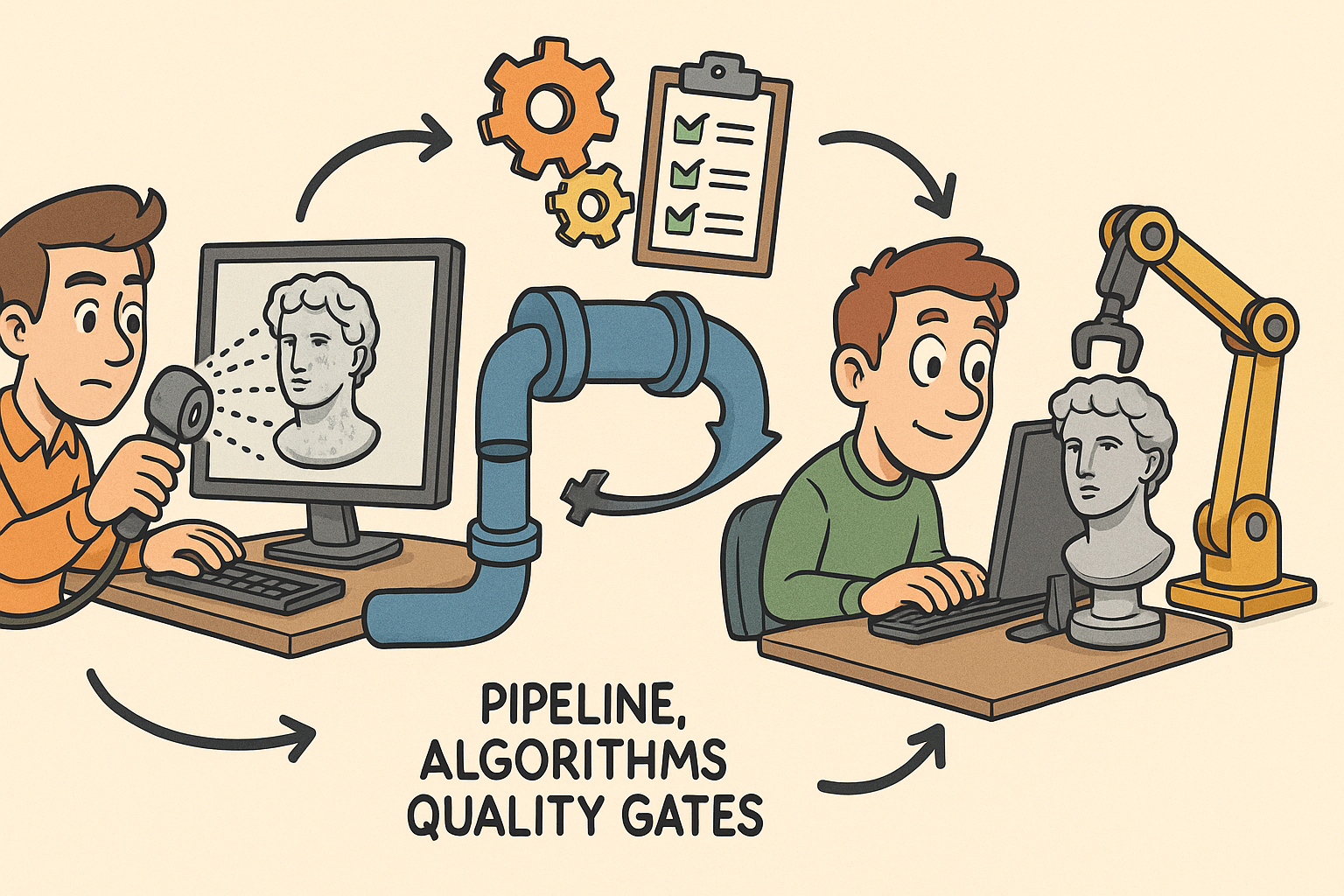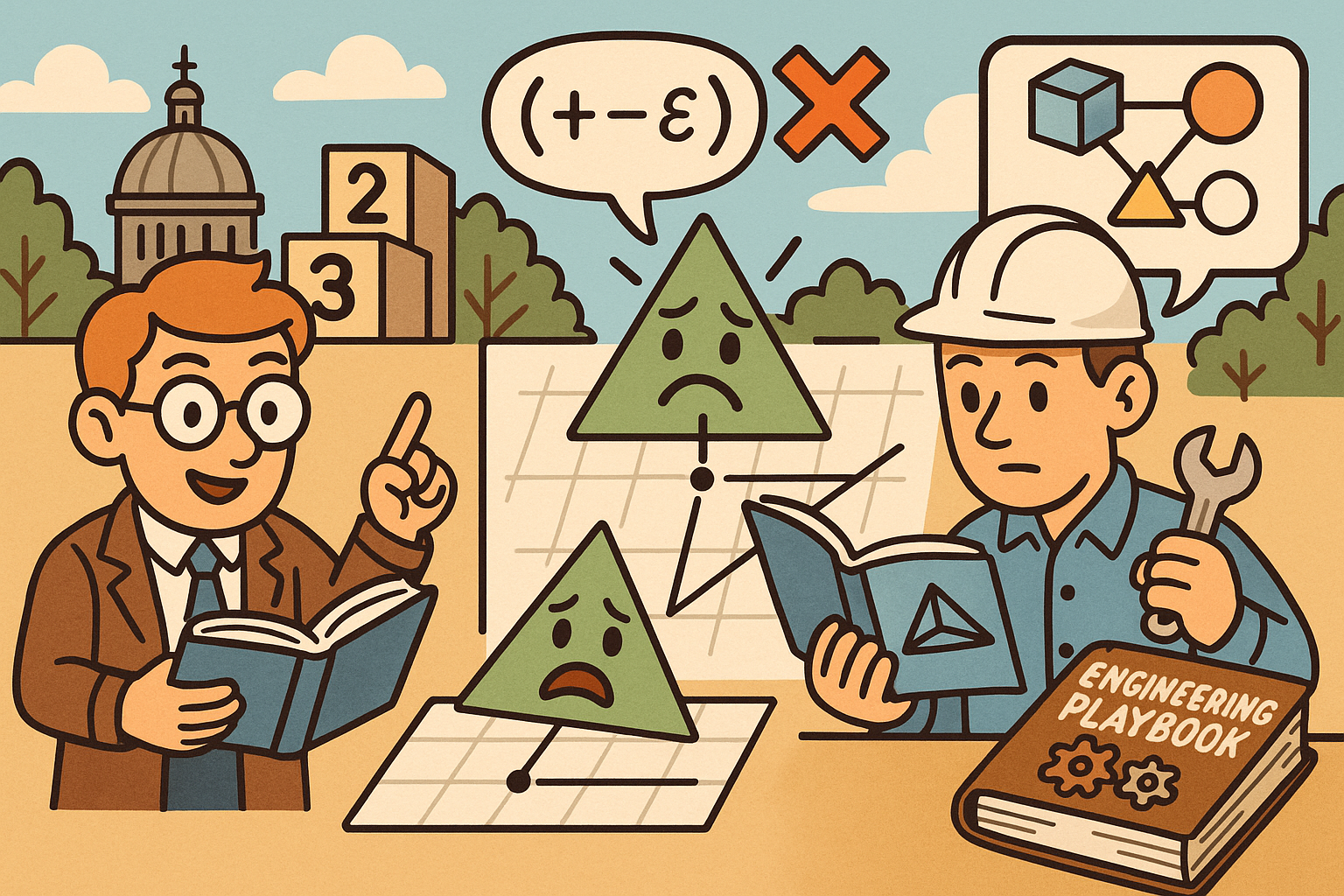Your Cart is Empty
Customer Testimonials
-
"Great customer service. The folks at Novedge were super helpful in navigating a somewhat complicated order including software upgrades and serial numbers in various stages of inactivity. They were friendly and helpful throughout the process.."
Ruben Ruckmark
"Quick & very helpful. We have been using Novedge for years and are very happy with their quick service when we need to make a purchase and excellent support resolving any issues."
Will Woodson
"Scott is the best. He reminds me about subscriptions dates, guides me in the correct direction for updates. He always responds promptly to me. He is literally the reason I continue to work with Novedge and will do so in the future."
Edward Mchugh
"Calvin Lok is “the man”. After my purchase of Sketchup 2021, he called me and provided step-by-step instructions to ease me through difficulties I was having with the setup of my new software."
Mike Borzage
Revolutionizing IP Protection in Design: The Impact of Blockchain on Creative and Engineering Industries
July 25, 2024 3 min read


The fusion of blockchain technology with design rights management is poised to reformulate the paradigms of intellectual property (IP) protection in the creative and engineering industries. At the heart of this transformation is the capacity of blockchain to offer solutions that are not only immutable and transparent but also decentralized.
Introduction to Blockchain and Design Rights
Blockchain technology, fundamentally, is a distributed database that allows for secure, transparent, and tamper-proof transactions. This technology underpins cryptocurrencies like Bitcoin but its potential applications extend far beyond, encompassing areas such as supply chain management, digital identity verification, and notably, intellectual property management. Design rights management, a critical aspect of the creative and engineering industries, involves the protection of design-related IP, including everything from aesthetic designs to functional engineering solutions. The current landscape of design rights management is fraught with challenges, including the complexity of verifying ownership, the ease of infringement in digital contexts, and the cumbersome and expensive processes involved in rights registration and enforcement.
Blockchain's Role in Intellectual Property (IP) Protection
Blockchain introduces an unprecedented approach to IP protection, characterized by its immutable, transparent, and decentralized nature. The immutability of blockchain ensures that once a design is registered on a blockchain, the record cannot be altered, providing a tamper-proof evidence of ownership. Its transparency allows all stakeholders to verify these records, fostering trust in the authenticity of design claims. Moreover, its decentralized architecture eliminates the need for central authorities, streamlining the process of rights registration and enforcement.
Several industries and companies are already exploring the implementation of blockchain for IP management. For instance, in the music industry, blockchain platforms are being used to ensure that creators are fairly compensated for their work by providing transparent and unchangeable records of music ownership and usage. Similarly, in the art world, blockchain is being used to authenticate artworks and track their provenance.
- Immutable proof of ownership
- Transparent verification processes
- Decentralized management of rights
Compared to traditional IP management methods, blockchain offers significant advantages in terms of speed, cost, and efficiency. By automating rights registration and verification processes, blockchain can drastically reduce the time and expenses involved in IP management.
Implementing Blockchain in Design Software Systems
Integrating blockchain with existing design software systems presents a unique set of technical considerations. The primary challenge lies in ensuring that the blockchain component is seamlessly integrated with the design software, allowing for easy registration and tracking of design rights without disrupting the user experience. Potential challenges include scalability, as the blockchain needs to handle a potentially large number of transactions without performance degradation, and adoption, as users need to be convinced of the benefits of using blockchain for IP protection.
Overcoming these challenges requires a focused approach:
- Developing scalable blockchain solutions that can support high transaction volumes
- Ensuring regulatory compliance, particularly in jurisdictions with stringent IP and data protection laws
- Providing education and incentives to encourage the adoption of blockchain-based IP protection tools
The future of blockchain in design software looks promising, with predictions pointing towards an increased integration of blockchain technologies for more secure and efficient management of design rights.
Impact on Designers, Engineers, and the Industry
Blockchain technology empowers designers and engineers, granting them unprecedented control over their creations. By providing a secure and transparent mechanism for establishing and verifying design ownership, blockchain technology enables creators to protect their designs more effectively against infringement. Furthermore, the potential of blockchain to streamline and automate the IP management process can lead to a significant reduction in the costs and time involved, making IP protection accessible to a wider range of creators.
The broader implications of blockchain technology for the future of design and engineering are profound. By revolutionizing the standards for design rights management, blockchain has the potential to foster a more innovative, fair, and efficient creative ecosystem. Designers and engineers would be able to focus more on innovation, secure in the knowledge that their intellectual property is protected. The industry as a whole could witness a shift towards more open and collaborative practices, underpinned by the trust and security afforded by blockchain technology.
In conclusion, as we delve deeper into the potentials of blockchain in design rights management, it becomes evident that this technology holds the key to addressing many of the longstanding challenges in IP protection. With its ability to provide immutable evidence of ownership, transparent verification processes, and decentralized management of rights, blockchain is set to redefine the landscape of design and engineering, propelling these industries into a future where innovation is both safeguarded and stimulated.
Also in Design News

From Raw Scans to Manufacture-Ready Geometry: Pipeline, Algorithms, and Quality Gates
December 08, 2025 13 min read
Read More
Design Software History: Numerical Robustness in Geometry Kernels: History, Failure Modes, and Engineering Playbook
December 08, 2025 13 min read
Read More
Cinema 4D Tip: Reusable Cinema 4D Camera Rig Presets for Faster Shot Setup
December 08, 2025 2 min read
Read MoreSubscribe
Sign up to get the latest on sales, new releases and more …


